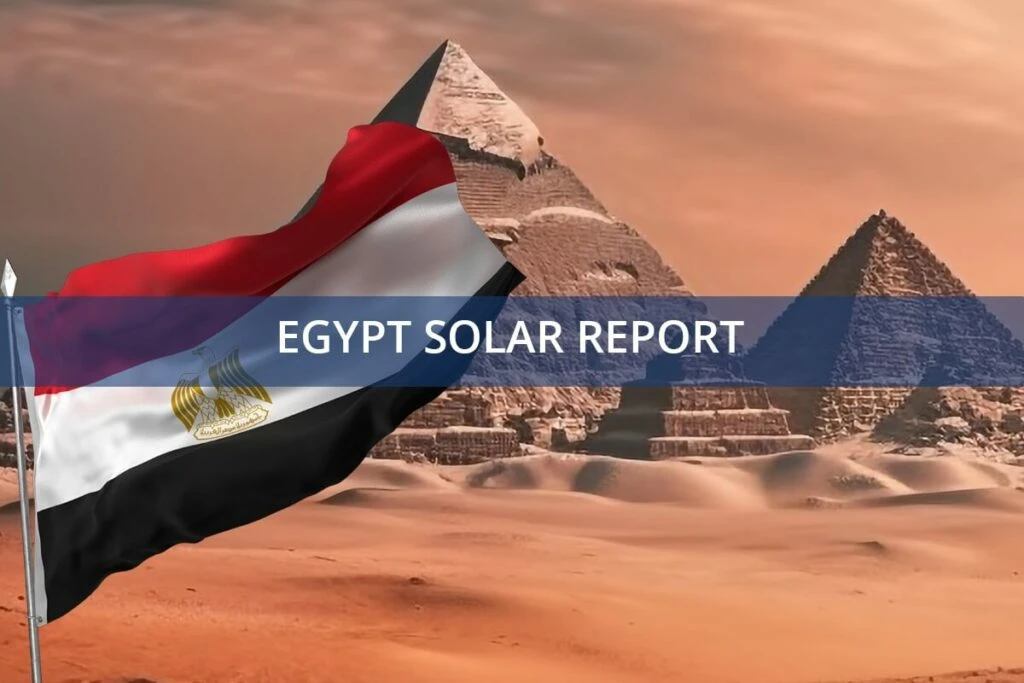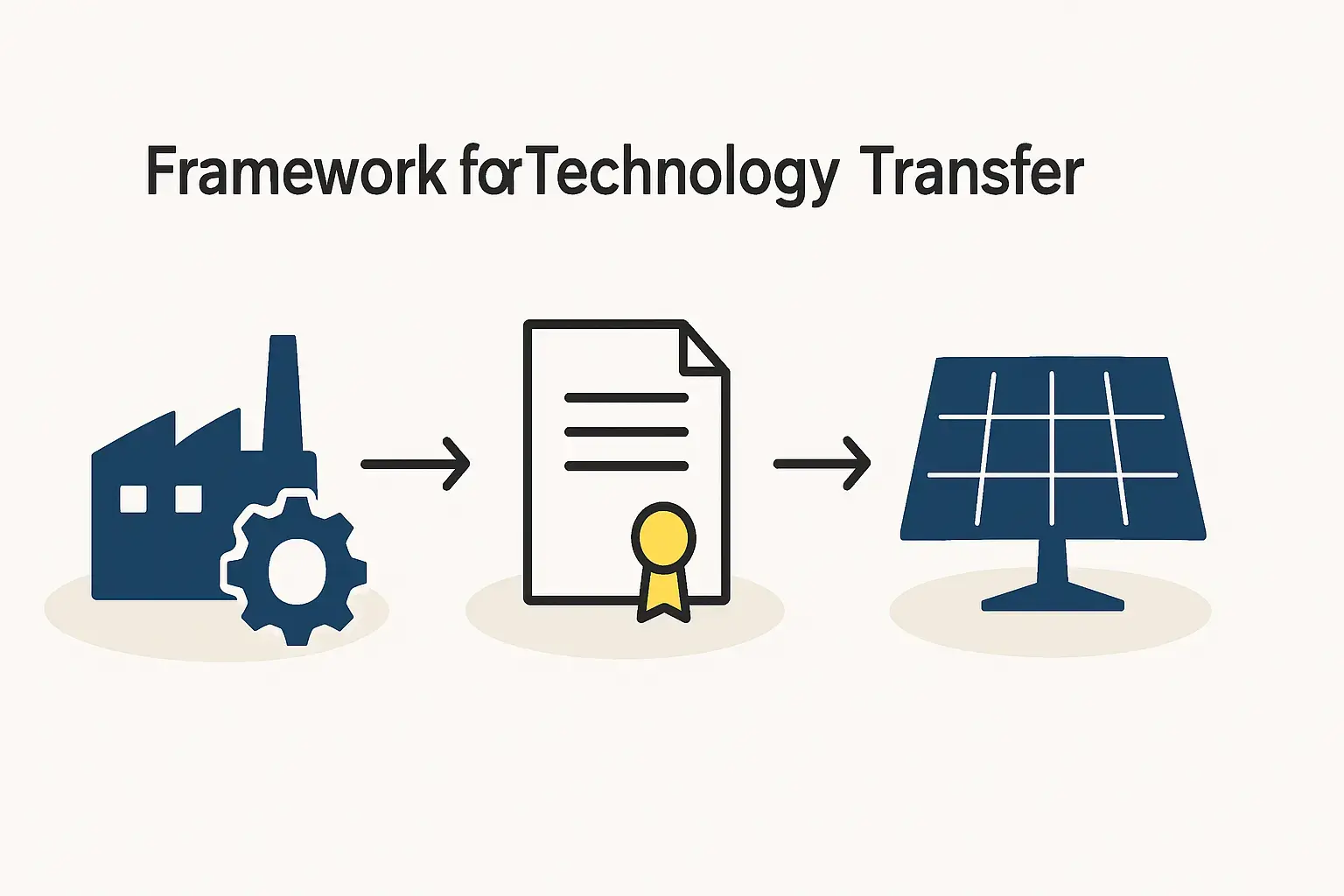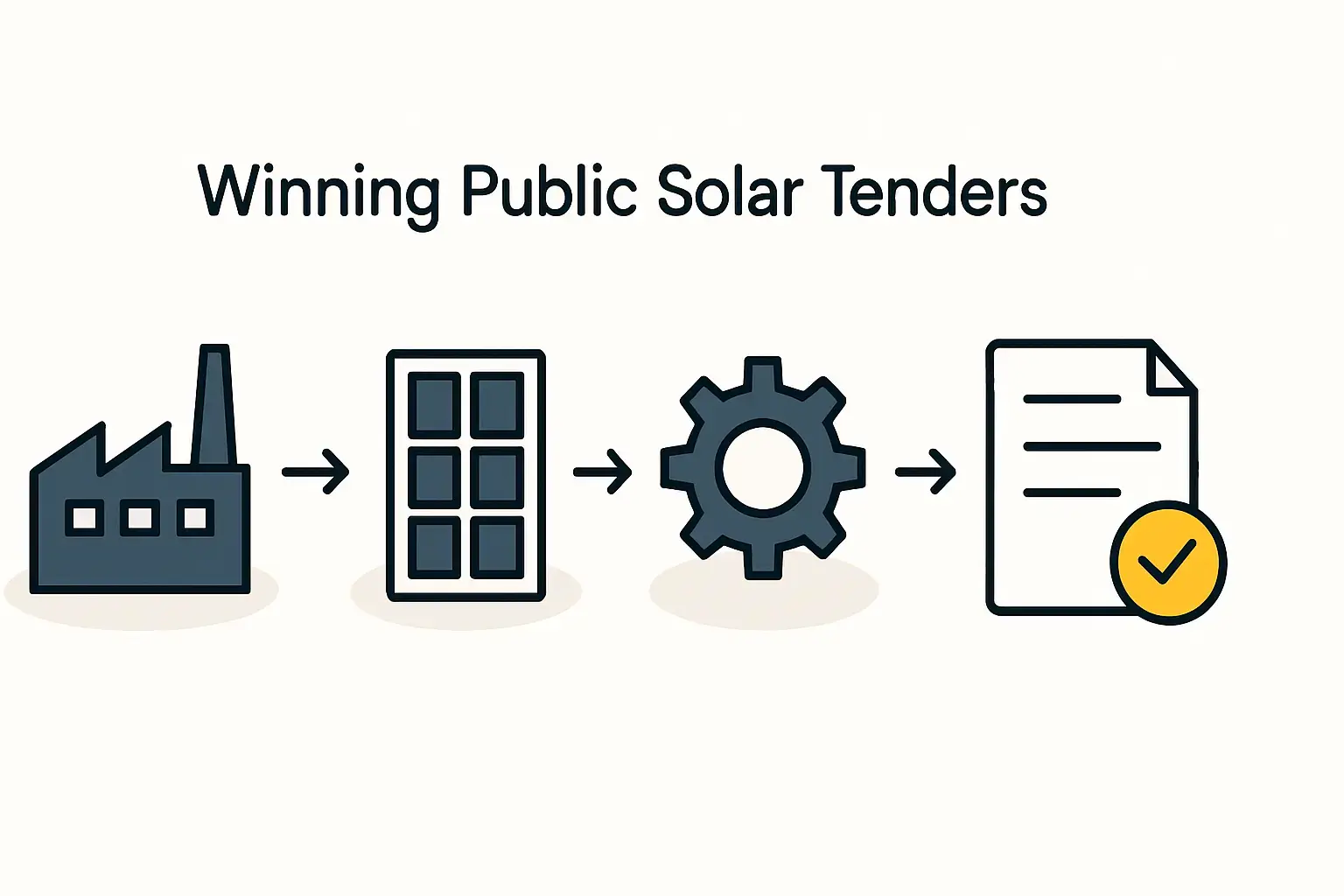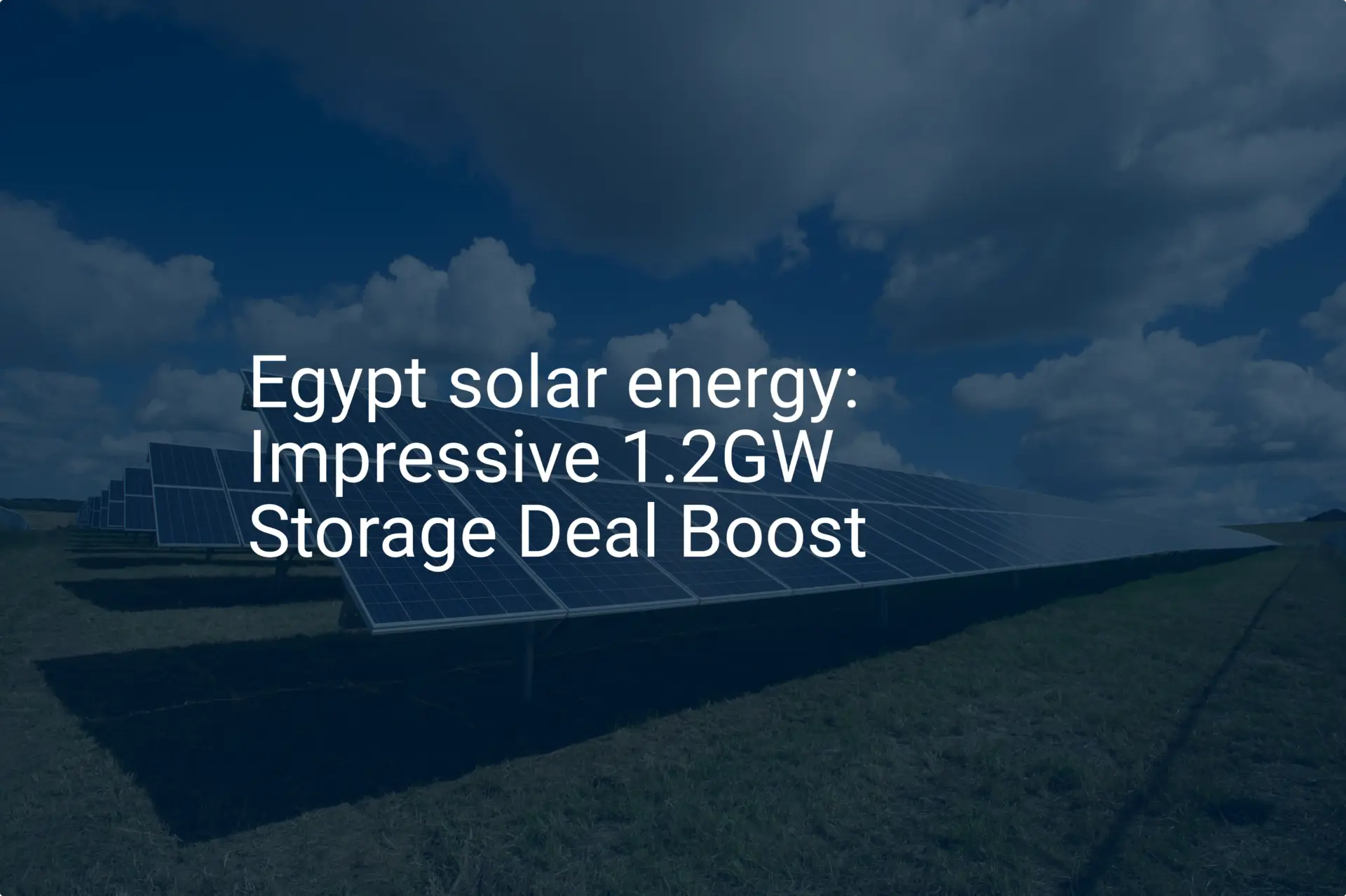Many successful entrepreneurs in Egypt and the wider region see the immense potential in local solar manufacturing, with clear demand driven by national energy strategies and abundant sunlight.
Yet, the path from a compelling vision to a bankable business plan can often seem opaque. Aspiring investors want to know: What is the real investment required, and what returns can be realistically expected?
This article offers a structured overview of the financial considerations for establishing a 50 MW solar module production facility in Egypt. It breaks down the primary cost centers—Capital Expenditures (CAPEX) and Operational Expenditures (OPEX)—and examines how specific Egyptian government incentives can fundamentally improve a project’s viability.
The Cornerstones of a Manufacturing Financial Model
Before analyzing the numbers, it helps to understand the components of a robust financial model. For a solar factory, this is more than a simple spreadsheet; it’s a strategic tool that maps out the entire business lifecycle. It typically rests on three pillars:
-
Capital Expenditures (CAPEX): The initial, one-time investments required to set up the factory, including machinery, building works, and installation.
-
Operational Expenditures (OPEX): The recurring costs of running the factory. This category is dominated by raw materials but also includes labor, utilities, and maintenance.
-
Revenue Projections & Profitability: An analysis of potential income based on production capacity, market prices, and sales strategy, leading to calculations of profit, payback period, and return on investment.
A well-structured financial model is the core of any professional business plan for a solar module factory (/blog/solar-panel-manufacturing-plant-business-plan) and serves as the primary document for securing financing and guiding strategic decisions.
Decoding Capital Expenditures (CAPEX) for a 50 MW Line
The initial investment is often the highest hurdle. A 50 MW semi-automated production line represents a balanced entry point, offering significant output without the complexity of full automation.
Core Investment Areas
Production Machinery: This is the heart of the factory and the largest CAPEX component. For a 50 MW line, the essential equipment includes a cell stringer, bussing and layup stations, an electroluminescence (EL) tester, a laminator, framing machine, and a final sun simulator for testing and classification. The investment for a complete, high-quality European-standard semi-automated line typically ranges from €1.5 million to €2.5 million.
Building and Infrastructure: A 50 MW facility requires a factory floor of approximately 2,500 to 3,500 square meters. This space must accommodate the production line, raw material storage, finished goods warehousing, and administrative offices. Costs will vary significantly based on whether the building is leased or constructed. Industrial zones, such as the Suez Canal Economic Zone (SCZone), offer prepared plots and infrastructure.
Ancillary Costs: Entrepreneurs new to the industry sometimes overlook crucial setup costs. These include international logistics for the machinery, on-site installation and commissioning, professional training for the initial team of operators and engineers, and the first stock of raw materials. Based on experience from J.v.G. turnkey projects, budgeting an additional 15–20% of the machinery cost for these items is prudent.
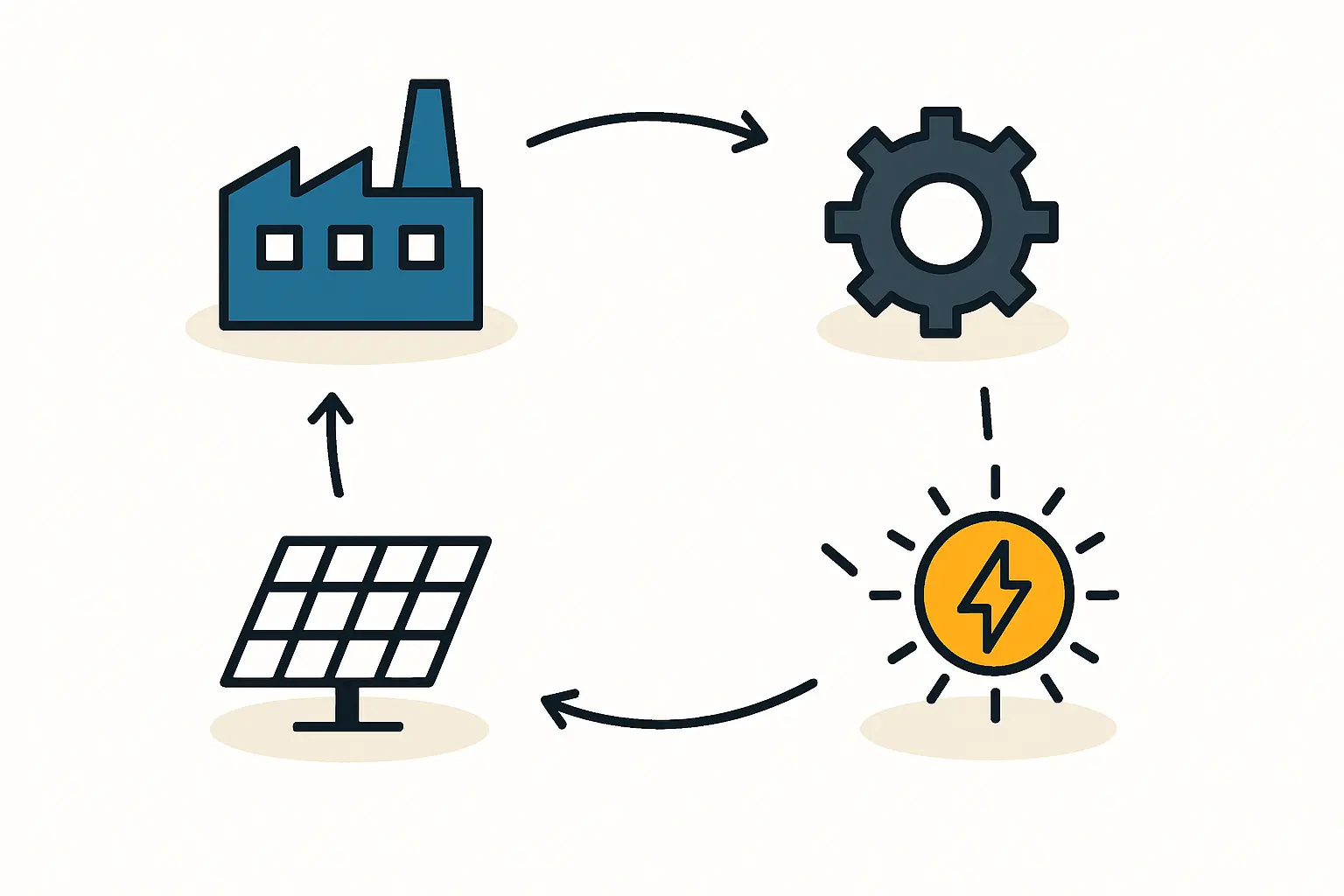
Understanding Operational Expenditures (OPEX)
Once the factory is operational, the focus shifts to managing recurring costs. For a solar module plant, OPEX is dominated by a single category: raw materials.
Key Operational Costs
Bill of Materials (BOM): The cost of all physical components in a solar module—solar cells, glass, EVA encapsulant, backsheet, aluminum frames, and junction boxes—accounts for over 80-90% of the final module’s production cost. Sourcing these materials effectively and managing inventory is critical to profitability.
Labor: A semi-automated 50 MW line typically operates with two shifts and requires a workforce of 30 to 40 individuals, including machine operators, quality control technicians, maintenance staff, and administrative personnel. The specific number of people needed (/blog/how-many-people-work-in-a-solar-factory) is directly linked to the level of automation chosen for the production line.
Utilities and Overheads: These include electricity to power the machinery (especially the laminator), water, compressed air, building rent or depreciation, maintenance contracts, and other administrative expenses. While smaller than the BOM, these costs need careful control.
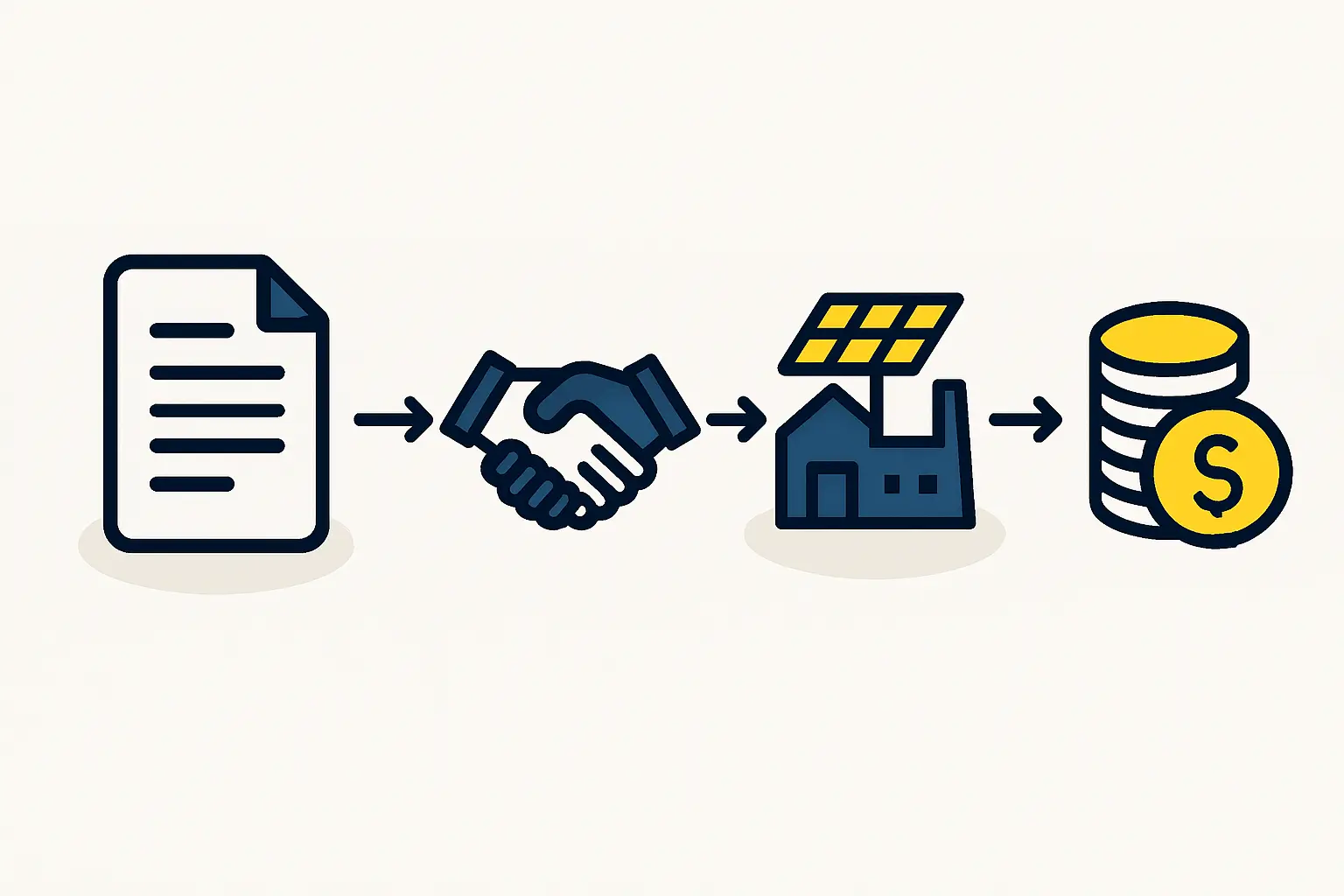
The Egyptian Advantage: Impact of Government Incentives
Egypt offers a uniquely favorable environment for industrial investment, one that can significantly alter the financial outcome of a solar manufacturing project. The country’s Investment Law No. 72 of 2017 provides powerful incentives.
Operating within a designated area like the Suez Canal Economic Zone (SCZone) offers distinct advantages that directly reduce both CAPEX and OPEX:
-
Tax Credits: The investment law offers a tax incentive deducted from net profits. For a project in the SCZone (classified as a “Sector A” region), this credit can reach 50% of the total investment costs. This amount is deducted from profits over seven years, substantially improving the post-tax return.
-
Customs and VAT Exemption: Perhaps the most direct benefit is the 0% customs tax and 0% VAT on imported machinery, equipment, and raw materials. This delivers an immediate and significant reduction in the initial CAPEX and ongoing OPEX.
These incentives are not abstract; they have a direct, positive impact on a project’s cash flow, payback period, and overall internal rate of return (IRR).
Sample Financial Projections: A 50 MW Case Study
To make these concepts more tangible, let’s walk through a simplified investment case. Note that these figures are illustrative; a detailed feasibility study is required for any specific project.
Estimated Initial Investment (CAPEX)
50 MW Production Line: €2,000,000 (Notes: High-quality, semi-automated)
Installation & Training: €250,000 (Notes: On-site support from supplier)
Initial Raw Material Stock: €500,000 (Notes: For the first 2-3 months)
Shipping & Logistics: €100,000 (Notes: Varies by origin)
Subtotal: €2,850,000
Contingency (10%): €285,000 (Notes: For unforeseen expenses)
Total Estimated CAPEX: ~€3,135,000
Profitability Impact of Egyptian Incentives
Let’s assume the factory produces modules at an all-in cost of $0.22/Wp and sells them at an average price of $0.25/Wp, generating a gross margin of $0.03/Wp.
Annual Gross Profit: 50,000,000 Wp * $0.03/Wp = $1,500,000
Without incentives, the simple payback period on a €3.1M ($3.4M) investment would be over 2.2 years on a pre-tax basis.
Now, consider the 50% tax credit. The total investment cost qualifies for a credit of ~€1.57M ($1.7M) to be deducted from taxable profits. This dramatically reduces the tax burden in the crucial first years of operation, accelerating the path to positive net cash flow. When combined with customs exemptions on materials, the improved margin and lower tax payments can reduce the project’s payback period to under two years.
For a more comprehensive look at investment figures, our guide on solar panel manufacturing plant cost (/blog/how-much-does-a-solar-panel-manufacturing-plant-cost) provides further detail.

Common Pitfalls in Financial Modeling
A credible financial model must also account for risks. Common errors seen in early-stage business plans include:
-
Underestimating Working Capital: Beyond the initial stock of raw materials, sufficient cash reserves are needed to cover OPEX for 3–6 months before revenue streams become stable.
-
Ignoring Currency Fluctuations: With machinery priced in EUR or USD and revenues potentially in EGP, projections must account for currency risk.
-
Overly Optimistic Projections: Revenue forecasts should be based on conservative market price estimates and, ideally, initial letters of intent from potential buyers.
-
Forgetting “Soft” Costs: Budgets must include costs for international product certifications (e.g., IEC), quality management systems, and ongoing R&D.
In projects supported by pvknowhow.com, a detailed cash flow projection for the first 24 months is a standard part of the business plan to mitigate these risks and ensure a realistic financial outlook.
Frequently Asked Questions (FAQ)
What is a realistic payback period for a 50 MW solar factory in Egypt?
With the effective use of government incentives like the 50% tax credit and customs exemptions in the SCZone, a well-managed factory can achieve a payback period of between 2 to 4 years.
Can I start with a smaller capacity than 50 MW?
Yes, it is possible to start with a smaller capacity, such as 20 or 30 MW. However, the 50 MW scale often represents a “sweet spot” where the investment in high-quality machinery delivers better economies of scale and a more competitive cost per watt.
How much working capital is needed in addition to the initial CAPEX?
A safe estimate is to have working capital equivalent to 3 to 6 months of your total operational expenditures. This covers raw materials, payroll, and other overheads while you ramp up production and establish payment cycles with customers.
Are the Egyptian government incentives guaranteed?
The incentives are legislated under Investment Law No. 72 of 2017. However, accessing them requires proper application and compliance through the General Authority for Investment and Free Zones (GAFI). Working with local legal and financial advisors is essential to ensure all requirements are met.
Conclusion and Next Steps
Establishing a solar module factory in Egypt presents a strong business case, significantly enhanced by strategic government support. The combination of growing local demand and powerful financial incentives creates a compelling opportunity for entrepreneurs.
However, success is not guaranteed. It depends on meticulous planning, starting with a realistic, detailed, and conservative financial model. This document is the critical first step in transforming an ambitious idea into a viable and profitable industrial enterprise. The next logical step is a deeper analysis of machinery options and a robust sourcing strategy for the bill of materials.

